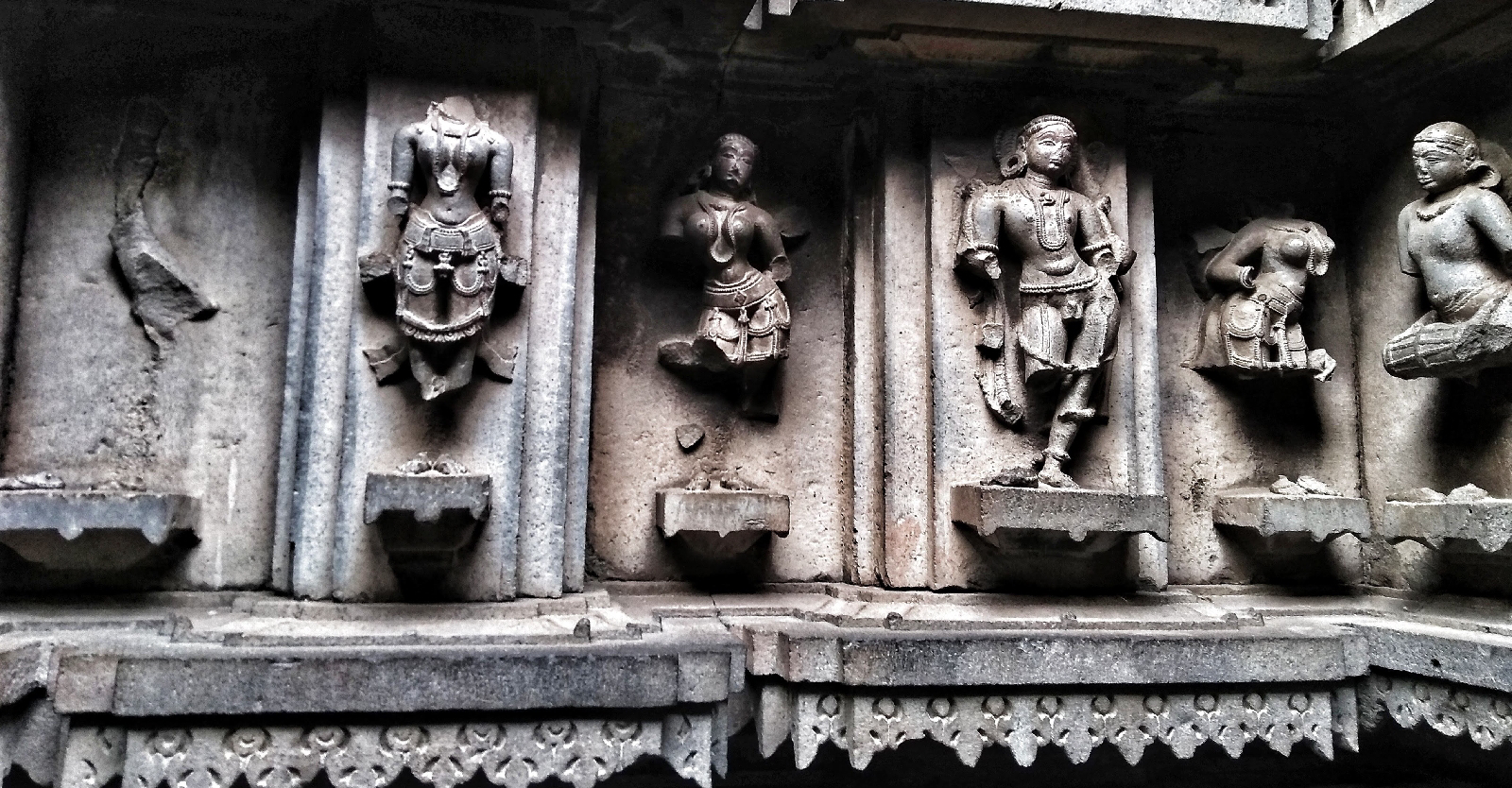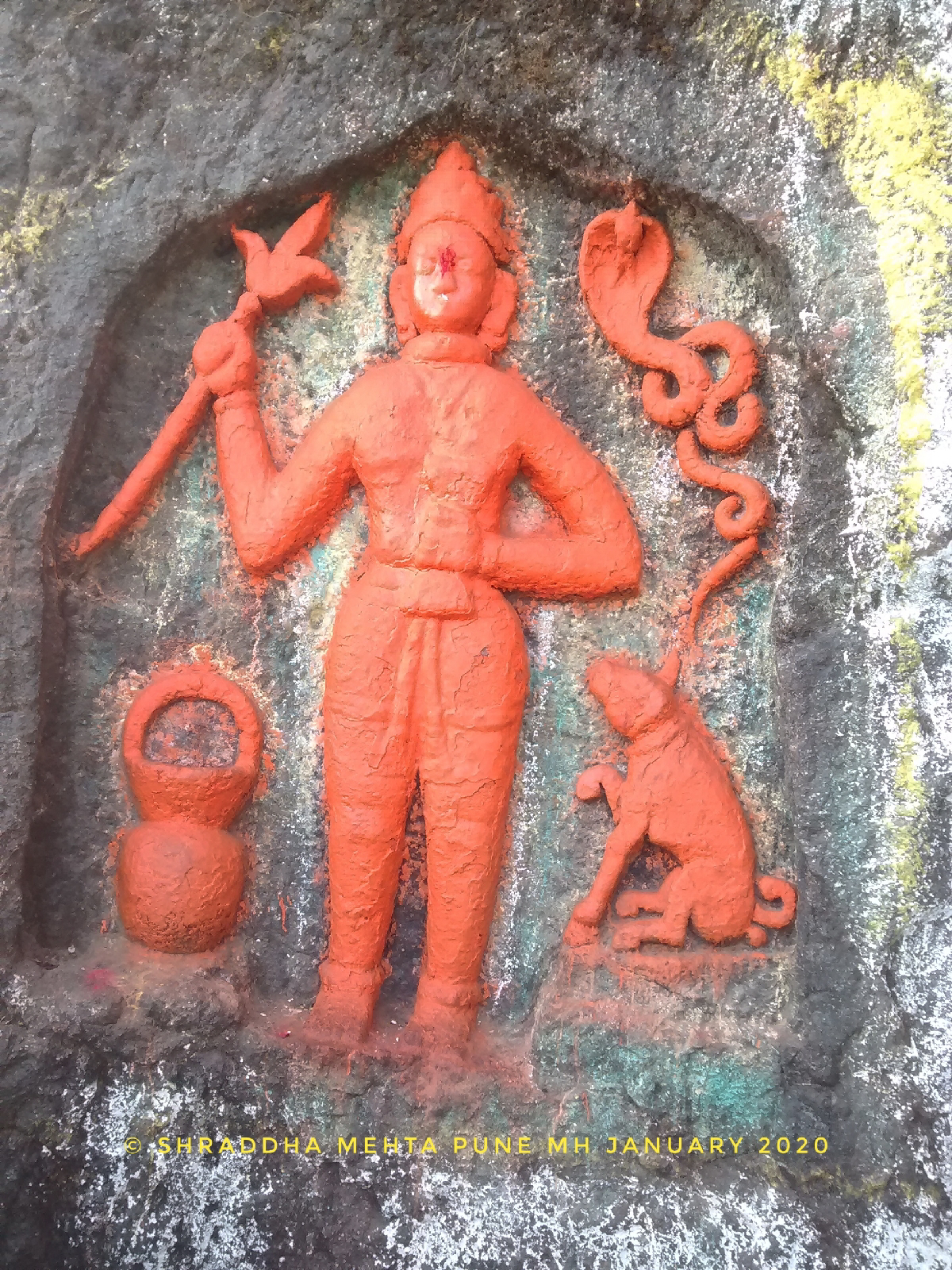नवव्या शतकात लिहिल्या गेलेल्या शिल्प प्रकाश या ग्रंथात म्हटले आहे "विना नारीं यथा वासः क्रीडा नारीं विना
यथा ॥ ३६२ ॥ विना च ललनां
लोके कीर्तिर्जायेत निष्फला"
अर्थात "बायको
शिवाय घर जसं, स्त्री
शिवाय रम्य
स्थळ जसे निरस
होईल, तसं
सुरसुंदरीशिवाय एखादी वास्तू
निकृष्ट होईल आणि फळ देणार
नाही.
याच
ग्रंथात १६ प्रकारच्या सुरसुंदरी
सांगितल्या आहेत. यातील
काही या अल्बम मध्ये एकत्र
करून मांडत आहे.
तसेच
नंतरच्या कलाकारांनी बहुदा
"creative liberty" घेऊन
यात काही भर टाकली आहे.
त्या देखील
यात
येतीलच.
शिल्पा
प्रकाश या ग्रंथात मुख्यतः
वास्तु कशी असावी, त्यात
कुठल्या मुर्ती कश्या असाव्यात
या विषयी खुप सखोल
वर्णने
आहेत. या
सुरसुंदरीची अत्यंत तपशीलवार
माहिती या ग्रंथात मिळते.
The ninth century
book, Shilpa Prakash describes the importance of women through two
shlokas. They indicate that a house will remain only house if wife is
not there and similarly the temple will be of lesser quality and wont
bear fruits.
In this book, 16 types of beauty are described. Some of these are put together in this album. Also the later artists have probably added something to this by taking "creative liberty". They will also come.
In this book, 16 types of beauty are described. Some of these are put together in this album. Also the later artists have probably added something to this by taking "creative liberty". They will also come.
Shilpa Prakash's
book mainly has very detailed descriptions about how Vastu should be,
which idols should be in it. Very detailed information about this
beauty is available in this book.






Follow Us